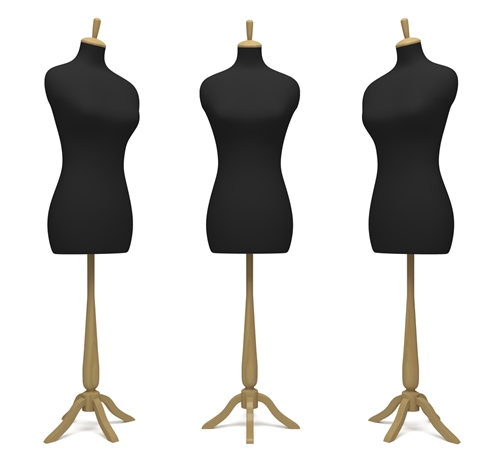There's a reason why major retailers have made it to the top, and they've laid a path for smaller businesses to follow. Their success comes from a wider variety and volume of customers, but roping those patrons in is the real accomplishment. Fortunately, their visual merchandising strategy isn't a secret. In fact, it's right out in the open for merchants and other retailers to see. So, take some tips from the pros and effectively boost your indoor display strategy.
Focus on usability
The best marketing strategy for upselling or just promoting the purpose of an individual item is by focusing on how the product can can be used in real life. Sears Hometown and Outlet stores have recently been revamping their indoor display strategy to focus on product usability. According to GlobalNewswire, one of these approaches involves putting together entire kitchen packages with the incorporation of dishwashers, refrigerators and stoves. By reflecting what an actual kitchen would look like, not only does Sears get to display several products in multiple brands, but customers get a realistic idea of how the appliances will look in their own kitchens.
Humans are always reaching for something to identify with, that's why retail identity is so important. That same mindset can be applied to indoor displays. If you can organize your products to tell a story – what Thanksgiving day or a summer barbeque could be like – then you're setting the scene for the perfect sale. Though Sears uses this strategy for appliances, it can also be used for other types of products. For example, for athletic stores, by pairing baseball gear next to lawn chairs, you allow patrons to picture what opening day might look like for their kids who play the game.
Group multiple version of the same product
Sears's new renovations also employed another key strategy: grouping like items. They did this with what they call a laundry innovation area. In one space, the retail store displayed multiple brands and types of washing machine and dryers. This strategy allowed customer to compare products side by side and determine which features they needed for their lifestyles.
The two important aspects to this approach are grouping similar items on the same retail display fixtures and allowing customers to test them out. For example, if your retail store sells candles, put them together. This way, customers can smell each one until they decide which scent they like best. This strategy can also work for testing other products like sports equipment, exercise machines or digital devices.
Don't forget about window displays
Many small retailers neglect this vital component of visual merchandising. On the other hand, a poorly designed window display can be just as detrimental as not having one at all. Linda Cahan of Cahan & Co., an expert in visual merchandising and store design and display, sheds some light on how the experts utilize window displays. Cahan told Entrepreneur that, space provides the idea of luxury to your retail customers. Take Tiffany, for example. The esteemed jewelry company only displays a few items in a large window display that could easily be filled with more products. However, by limiting the amount of merchandise in the window display, the retail store effectively highlights just how special each individual piece is.
To take up this strategy in your retail space, only put a few items in your window display. Not only does this utilize the same space strategy of high-end retail stores, but it prevents your display from looking too cluttered. Additionally, using only one color theme for the display will create cohesion and effectively present the store's brand identity.
Create fruitful first impressions
While the window displays draw merchants into the store, retailers must keep them there by capturing their attention right away. Major grocery retailer Costco can lead by example with this strategy, according to Entrepreneur. Typically taking advantage of seasonal themes, the retail store always has an eye-catching display right inside its front doors. This effectively makes the customers stop and take in the arrangement before hurrying off to a specific part of the store.
Slow patrons down by incorporating elements that apply to all the senses. Have warm baked goods or a candle lit to envelope them in a pleasant aroma. Set smaller products in the front so customers can pick them up and feel the textures. Not only will smaller-sized products on lower shelving units be easier for merchants to interact with, but this strategy prevents the display from blocking the customers' view of the rest of the store.
If you're searching for a successful visual merchandising strategy, look no further than the major retail stores you shop in every day. They rose to the top because they not only draw customers in, but they also effectively keep them in the retail space. The longer a patron is in your store, the more likely you are to make a sale. Keep your merchants flowing through your retail space by implementing these innovative approach to indoor displays.



